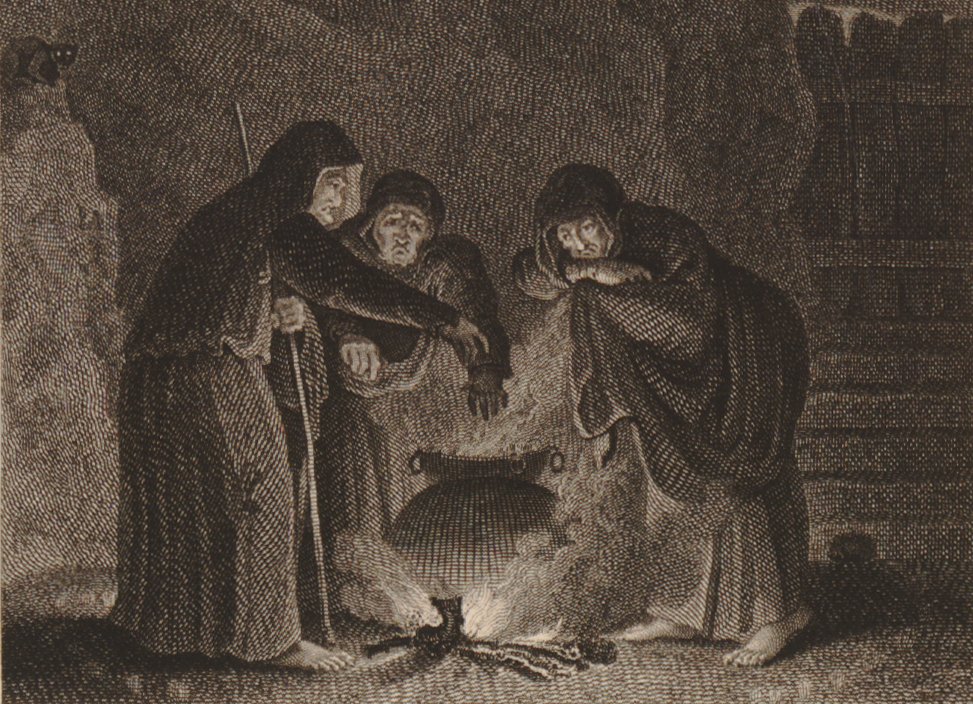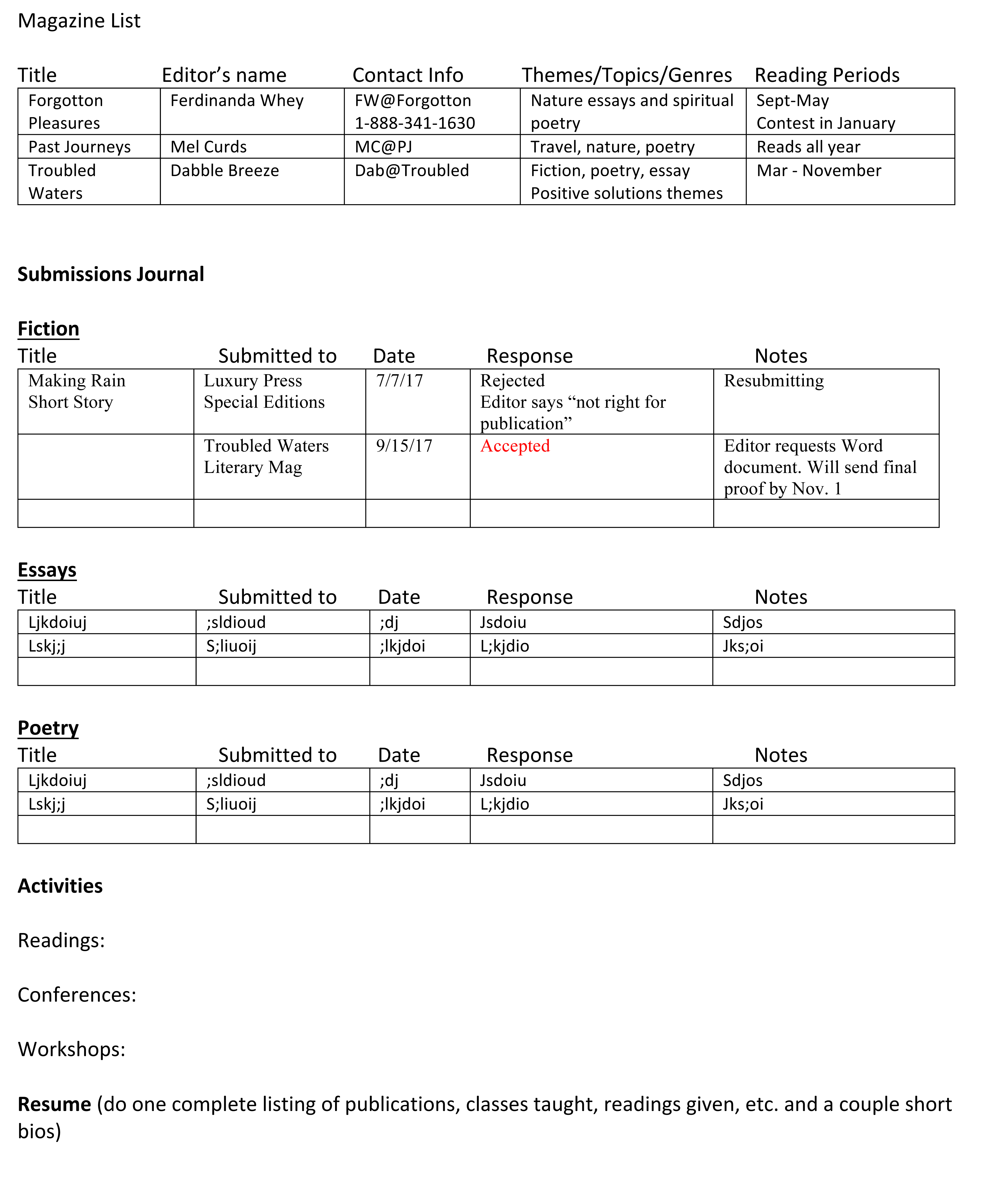 Compiling your short stories, poems, or essays into a compelling book collection involves alchemy.
Compiling your short stories, poems, or essays into a compelling book collection involves alchemy.
You’ve written, revised and published several dozen short stories or poems. Editors like your work. Friends suggest a collection. You realize that if you collect your work in one book, it comes to almost 400 pages.
You compile your book and receive, at best, a lukewarm reception to the collection. Why?
Creating compelling collections involves more than a table of contents. To understand, imagine that I’ve taken five of my favorite foods–maybe ice cream, lasagna, eggplant, strawberries, oatmeal–and mixed them together. Want a taste?
Collections alone don’t improve your stories or poems; however, poorly designed collections can detract from good writing.
Similarity is a place to start. Coins in a butterfly collection? Probably not. Similarity alone, however, isn’t enough. Even if you have all poetry or fiction or nonfiction, the alchemy might fail. In fact, you can mix those major genres, and if you’ve performed alchemy, the collection can still work.
Many collections fail because writers forget that they’re no longer working with individual stories or poems but with a whole. Because of this, the first step in putting together a collection is changing your role. You have to transform yourself: You must stop being a writer.
Become an editor.
An editor is aware of alchemy: weave connections through juxtaposition and suggestion within the title and the cover illustration. Everything is brighter. The collection changes everything.
Becoming an editor requires increasing the distance between you and your work. Granted, this is easier to say than do. This is a little like treating your child as a separate individual (individuation) and not as your intelligent, attractive, kind, creative … you get the idea.
Step 1
Do you have enough material?
If you must include everything you’ve written to meet the minimum requirements, the answer is no.
Go back to writing. You need to have so much excess material that you can readily exclude material during the selection process.
Another option is to think smaller. Instead of a full-length collection, think about a chapbook.
This Differences Between a Short Story, Novelette, Novella, & a Novel is an article by Syed Hunbbel Meer that discusses lengths of different formats from flash fiction to novel.
Step 2
A compelling collection needs a theme. Become familiar with your own themes.
You can do this by reading your work with the idea of finding a one-word theme for each piece. Including a word about tone is good, too. When you’ve finished, you can sort material according to theme, topic, tone.
As you do this, you’re sneaking up on identifying your worldview as an author. Most authors aren’t aware of their own worldview or style as they write. That identification is often relegated to reviewers and editors (and often authors disagree with those evaluations).
Sometimes it helps to think about the style, tone, and worldview of a favorite author or two. For instance, Terry Pratchett uses humor, puns, irony, and sarcasm to display the illogical behavior of people and interactions with their own cultures. Although the books are purportedly about non-human cultures in a fantasy world, the wit is obviously directed at human foibles. The wit is sharp, but the attitude toward characters is benevolent. His work has an overall expectation of good.
You should be able to explain your work in these terms. If you can’t, seek help (from your workshop, reader friends, or a professional editor).
Step 3

Getting Your Ducks in a Row
After you’ve become familiar with yourself as author, again consider the work. Read it again while taking notes about theme, tone, and topic. Make marginal notes about repeated images or phrases. This can help you recognize connections within the work. Think about flow. If your work is dark, a little comic relief might be needed. Try not to have all the long poems or prose together. Think about the emotional play. Where will your reader need breathing space?
As you arrange your work, consider which story or poem is weakest. You want the best work in the beginning. Then consider a very strong piece for the middle and the end. You can use that strength to build energy.
Of course, collections don’t have to be read in chronological order, but most readers do so, at least for single-author collections. This comes, in part from experience. The flow in many classic collections builds and weaves; the nuances are lost if readers jump about within the pages. For instance, James Joyce’s collection Dubliners ends with the story “The Dead.” In the final scene, the main character is staring out his hotel window at the street.
His soul swooned slowly as he heard the snow falling faintly through the universe and faintly falling, like the descent of their last end, upon all the living and the dead.
The book has opened from the perspective of the street looking into a lighted window. It ends on the inside looking out.
Winesburg, Ohio by Sherwood Anderson is another collection that, in my opinion, builds nicely when read in order and feels choppy when read out of order. The material resonates as the chapters continue.
Step 4
Your collection, now arranged, is ready for some finishing touches.
Should you have sections? If this is prose, you probably don’t need sections. The titles alone can work, especially with a clear break (extra page) between stories and table of contents. Poetry sometimes works better with clear breaks.
First, consider the length you now have. If you’re down to a chapbook, sections might create a choppy effect. If you have a full-length book, lack of sections could bog the material down.
If you use sections, you have many options. You could just create breaks where you have clear transitions, such as tone or setting. Or you can have a blank page and then just a number for the new section. For another option, you could add an appropriate quote. For instance, when organizing How Many Words for Rain, I used quotes that were in the public domain for section breaks (such as Shakespeare). Sometimes a poem title is a link to all the work in a particular section.
Step 5
Collection title. Your collection should now be composed with an overall theme within which the individual titles and sections all fit. Your title should integrate your theme, worldview, and emotional tone.
Whew! That’s a lot.
Sometimes, the title of your strongest story/poem/essay fits. Sometimes you can combine a couple titles. Sometimes you need to reach outside the collection and come up with an umbrella word.
One of the best ways to come up with a title is to have a conversation about your writing, your themes, and your worldview with a friend. Explaining yourself sometimes gives you a different perspective. Then the right title words align themselves.
Another route is to work with an illustrator for the cover. After the illustrator reads the work and responds artistically, a title can come along like the tail of the dog.
Titles help unify collections. Remember that a collection, unlike an anthology with many authors, suggests the works have been chosen out of a wide selection to represent some particular aspect or theme within the author’s work. Collections often have titles that indicate themes.
- The Refugees by Viet Thanh Nguyen
- Public Library and Other Stories by Ali Smith
- Men Without women by Haruki Murakami
The stories in these collections deal with refugees; libraries/books/language; and men without women. No surprises. Throwing a story about a dog’s love for a duck into any of these books would be like inserting a recipe for dog biscuits into this blog.
The Parts Become Greater
This article on poetry collections by Jeffrey Levine has been around a while, but the good ideas haven’t faded: Making the Poetry Manuscript.
When a collection has been put together with a theme in mind then arranged for emotional resonance, each piece is even better than it was on its own. In essence, new creation has taken place.
***
- Illustration to Shakespeare’s ‘Macbeth’ (act IV, scene I), the three witches around a cauldron, proof state. 1806 Etching and engraving on chine collé Courtesy of British Museum.
Marian Blue has taught writing, literature and communication for Skagit Valley College, Writers Digest University, Old Dominion University, and Portland Community Schools as well as many writing conferences. See longer bio at “about Marian Blue”




